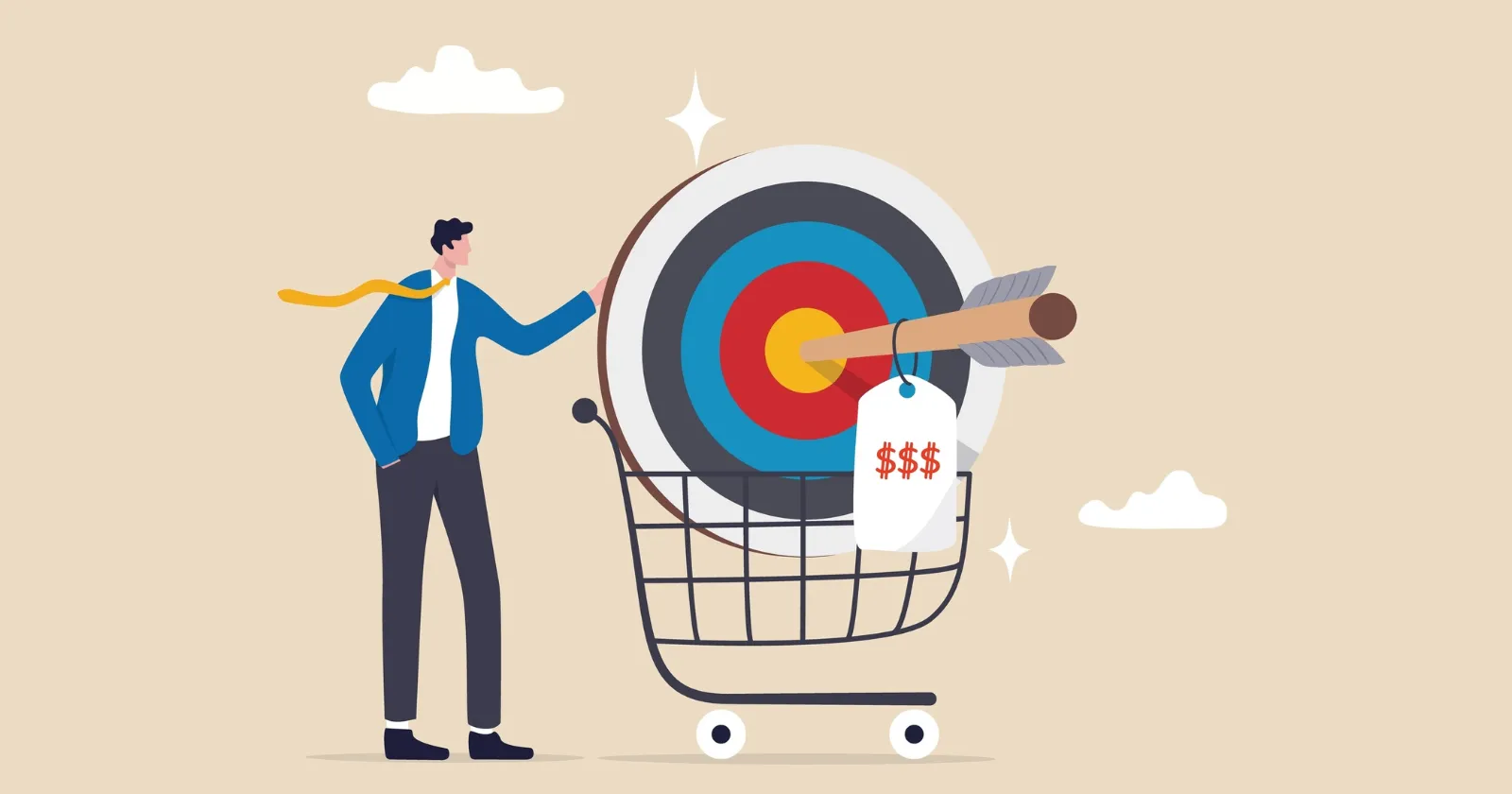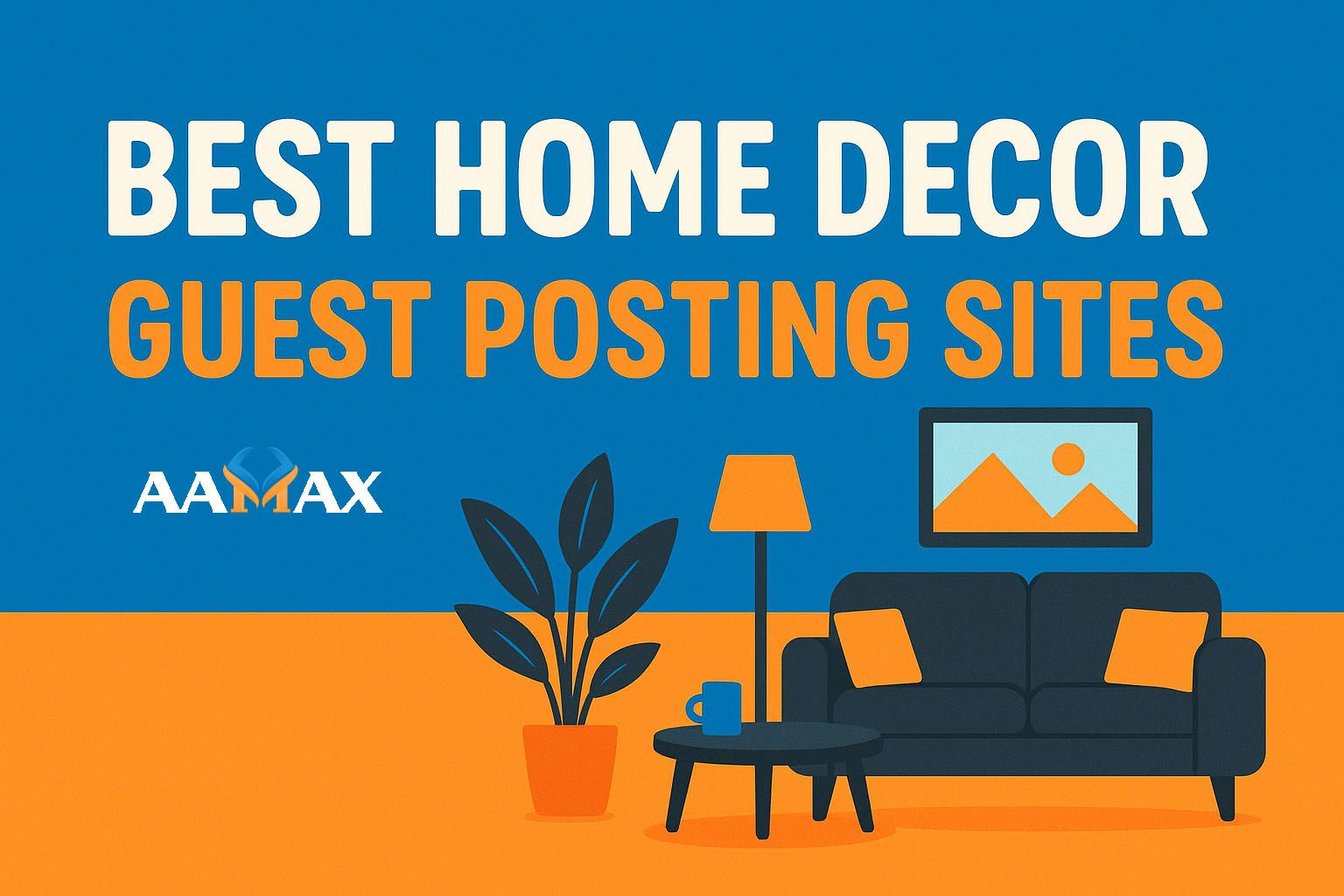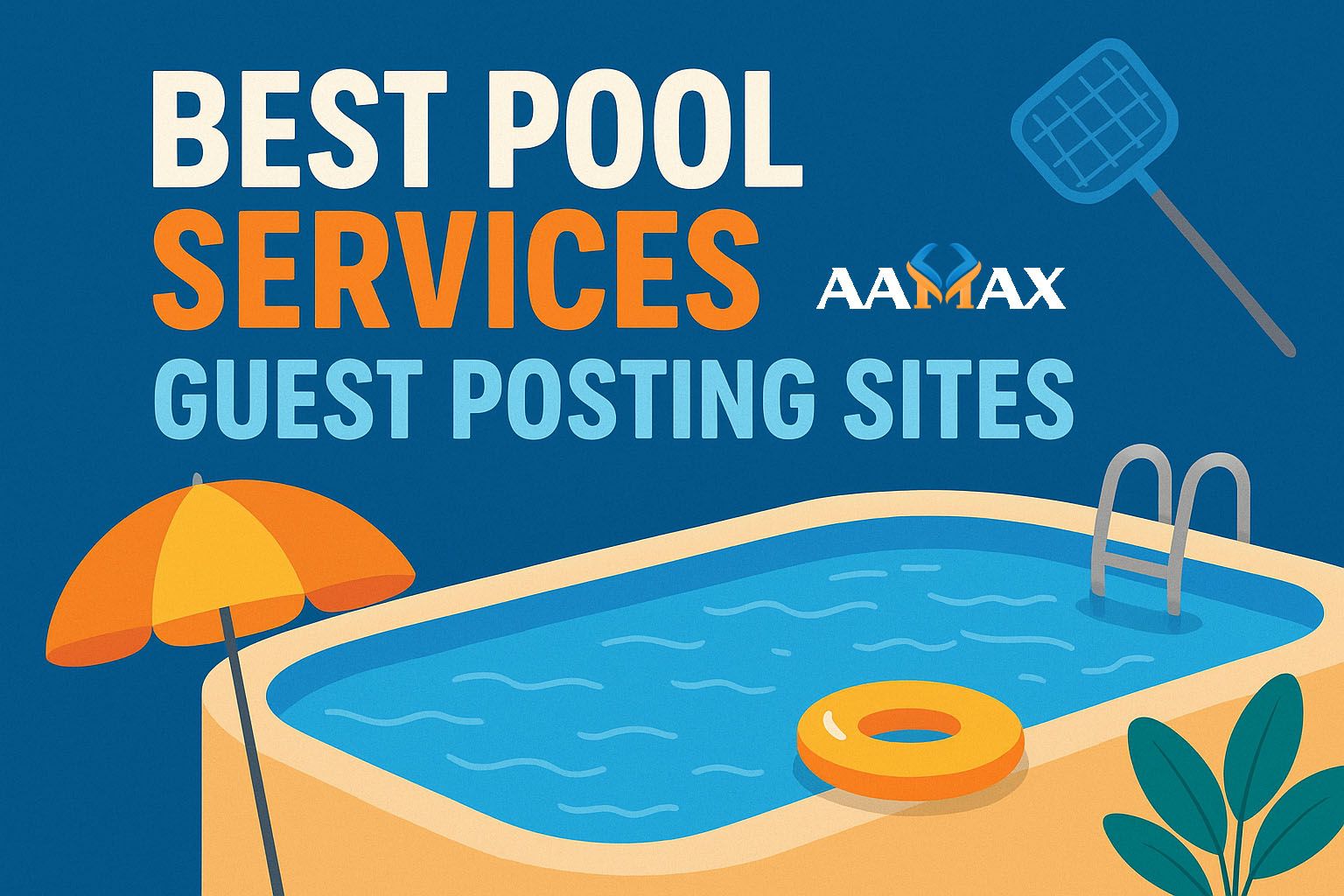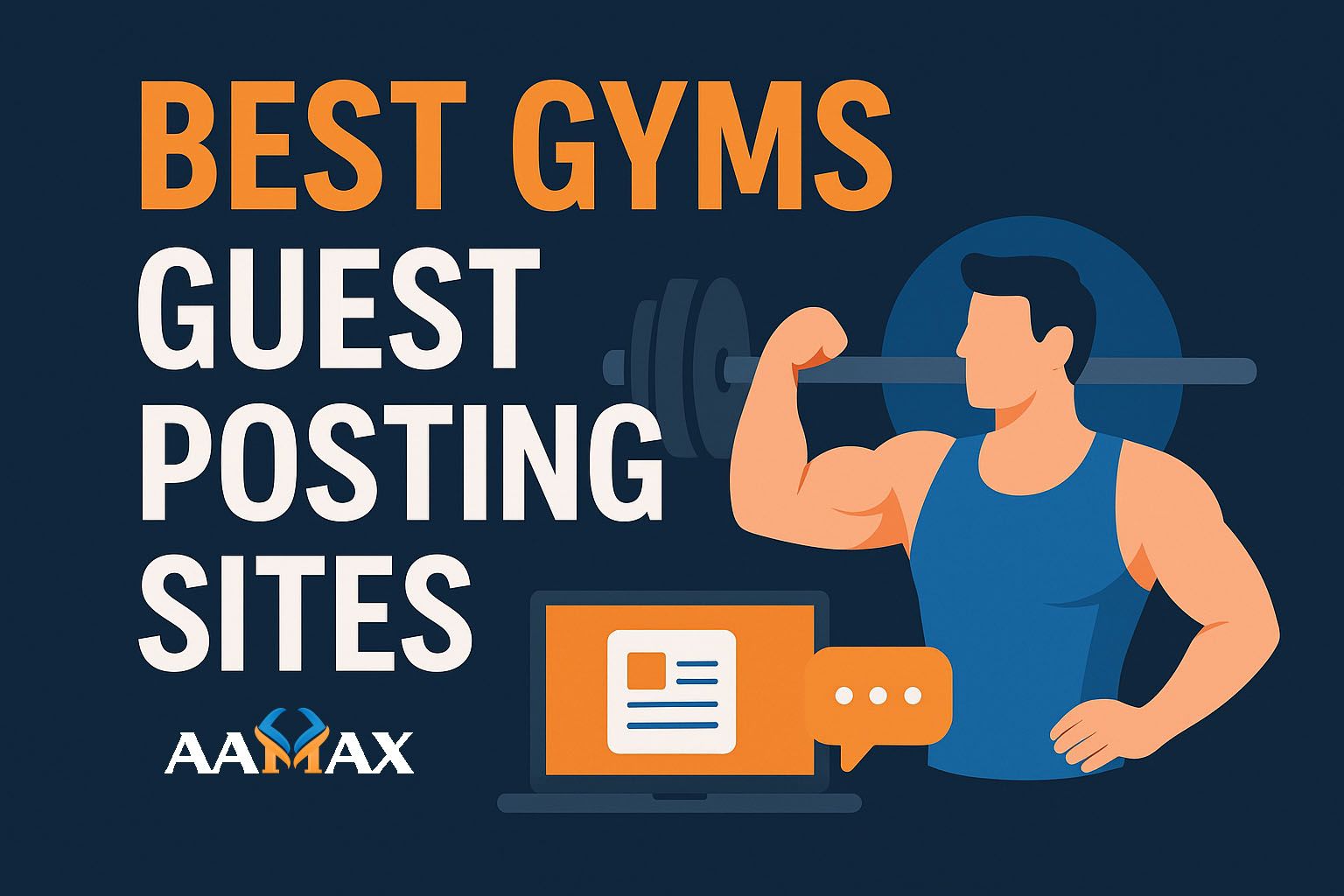
What Is a Good Conversion Rate? (+How To Improve Yours)
In the digital marketing world, success is often measured by one key metric: conversion rate. Whether you’re running an eCommerce store, a B2B website, or a blog with monetized content, your conversion rate is the heartbeat of your online strategy. But what exactly is a good conversion rate? And how can you improve yours to boost growth, leads, and sales?
In this article, we’ll dive deep into the topic of conversion rates, explore industry benchmarks, identify key influencing factors, and offer actionable strategies to improve your own. If you want expert help, don’t forget to hire AAMAX — a full-service digital marketing company offering top-notch Web Development, SEO, and Digital Marketing Services.
What Is a Conversion Rate?
A conversion rate is the percentage of users who take a desired action on your website. This action could be:
- Purchasing a product
- Subscribing to a newsletter
- Filling out a contact form
- Downloading a free resource
- Signing up for a free trial
Formula to calculate conversion rate:
Conversion Rate = (Conversions / Total Visitors) × 100
For example, if you had 10,000 visitors in a month and 300 completed a purchase, your conversion rate would be:
(300 / 10,000) × 100 = 3%
What Is a “Good” Conversion Rate?
There’s no single magic number that defines a good conversion rate — it varies widely depending on industry, traffic source, type of product, and target audience. However, there are some general industry benchmarks you can use as a reference:
Average Conversion Rate by Industry
| Industry | Average Conversion Rate | |----------------------|--------------------------| | E-commerce | 1.8% – 3.5% | | Finance | 5% – 10% | | Legal Services | 3% – 6% | | B2B SaaS | 5% – 7% | | Healthcare | 3% – 5% | | Real Estate | 2% – 4% | | Travel & Hospitality | 2% – 5% |
Top-Performing Sites Convert Higher
While the average conversion rate may hover between 2% and 5%, the top 10% of sites can achieve conversion rates above 10%. These are typically businesses that have optimized every step of the customer journey — from landing page design to email nurture campaigns.
Factors That Affect Your Conversion Rate
Several variables can impact how well your site converts:
1. Website Design and UX
A cluttered, confusing, or slow website can destroy your chances of converting visitors. An intuitive design, fast loading speed, and mobile responsiveness are essential.
2. Page Load Speed
According to Google, if your page takes longer than 3 seconds to load, over 50% of users will bounce. Faster pages create smoother journeys and higher conversions.
3. Audience Targeting
Bringing the right audience to your site is just as important as the offer itself. If your targeting is off, even the best product won’t sell.
4. Call-to-Action (CTA) Effectiveness
A strong, well-placed CTA can make or break your conversion. Use action words, urgency, and value propositions that speak to your audience’s intent.
5. Trust Signals
Customers are hesitant to buy from sites that look suspicious. Use testimonials, reviews, security badges, and clear return policies to build credibility.
How to Improve Your Conversion Rate
Improving your conversion rate involves analyzing what’s currently working, identifying bottlenecks, and optimizing for user experience and intent. Here are proven strategies to lift your conversions.
1. Audit Your Analytics First
Before changing anything, examine your current analytics. Use tools like:
- Google Analytics for behavior flow and conversion tracking
- Hotjar or Crazy Egg for heatmaps and session recordings
- Google Optimize or VWO for A/B testing
Identify where users drop off and what paths lead to successful conversions.
2. Enhance Your Landing Pages
Your landing page is the critical point in your funnel. To optimize it:
- Use a clear headline that speaks to the visitor's need
- Provide benefits-focused copy
- Include visuals that support the offer
- Add customer testimonials or case studies
- Use bullet points for easy scanning
- Limit navigation to keep the user focused
3. Improve Mobile Experience
With over 50% of traffic coming from mobile, a poor mobile UX is a conversion killer. Ensure:
- Responsive design
- Easy-to-click buttons
- Fast mobile load time
- Clear CTAs without scrolling
4. Strengthen Your Value Proposition
Visitors won’t convert unless they clearly understand what’s in it for them. Ask yourself:
- What problem am I solving?
- What makes my offer different?
- Why should users act now?
Communicate your value in headlines, CTAs, and benefit-driven descriptions.
5. Leverage Social Proof
Use reviews, testimonials, influencer shoutouts, trust badges, and real-time user activity (like “5 people just bought this!”) to reduce hesitation.
6. A/B Test Everything
From button colors to headlines, small changes can make a big difference. A/B test:
- CTA wording
- Images or videos
- Form layouts
- Page copy
- Special offers
Track the impact and keep iterating.
7. Simplify Your Forms
If you’re asking users to fill out forms, keep them as short as possible. Only ask for essential information. Consider:
- Using progress bars
- Adding auto-fill options
- Breaking long forms into steps (multi-step forms often perform better)
8. Create Urgency and Scarcity
Tactics like:
- Limited-time discounts
- Countdown timers
- Low-stock notifications
can motivate users to act quickly, improving your conversion rate.
9. Retarget with Precision
If users leave without converting, all is not lost. Use retargeting ads on platforms like Google, Facebook, and Instagram to bring them back. Customize messages based on their behavior.
10. Nurture Leads Through Email
Not all conversions happen on the first visit. Use email marketing to guide users back. Send:
- Abandoned cart reminders
- Special offers
- Content that adds value (blogs, guides, resources)
Marketing automation can help personalize the experience at scale.
Why You Should Hire AAMAX to Boost Your Conversion Rates
Improving your conversion rate is part art, part science — and it requires expertise in analytics, design, UX, development, copywriting, and more. That’s why many businesses turn to experts like AAMAX.
Who Is AAMAX?
AAMAX is a full-service digital marketing company offering:
- Website Development — Custom, responsive, and performance-optimized
- SEO Services — Rank higher and get discovered by qualified leads
- Digital Marketing — Paid ads, email marketing, social media, and content strategy
AAMAX has helped businesses across industries build high-converting websites and execute campaigns that drive results.
If you're serious about improving your conversion rate and scaling your business, hire AAMAX today and get a tailored digital strategy that works.
Conclusion: Conversion Rate Is Just the Beginning
A “good” conversion rate is relative — but a better conversion rate is always achievable. By understanding your users, optimizing your website experience, and continually testing and refining your strategy, you can turn more visitors into loyal customers.
And if you want results without the guesswork, partner with AAMAX, your all-in-one solution for Web Development, Digital Marketing, and SEO.
Start converting more. Grow faster. Succeed smarter.
Ready to Supercharge Your Conversions?
👉 Visit our website and schedule a free consultation.
Let AAMAX take your digital performance to the next level.







